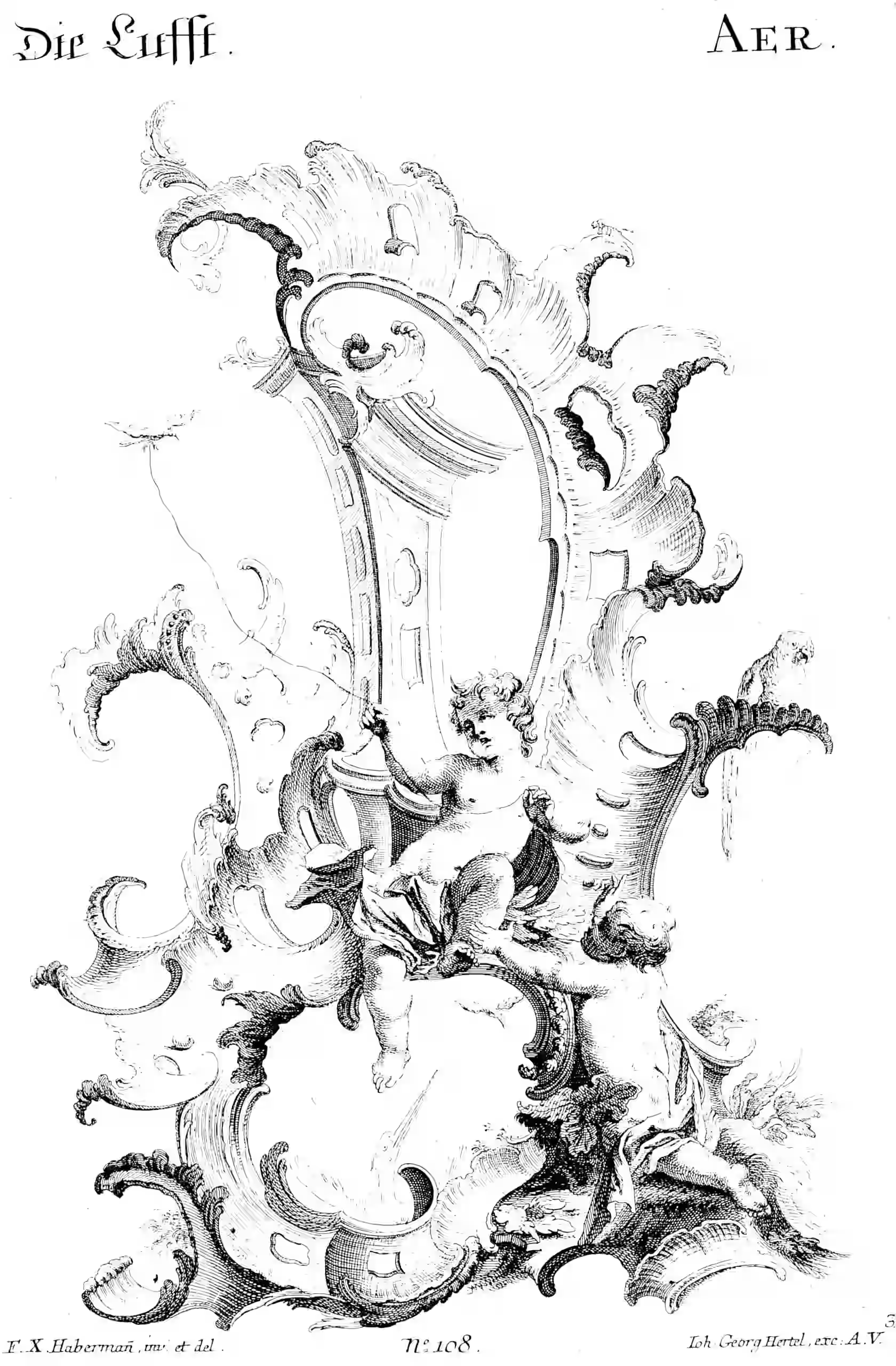Atmospheric modeling
August 12, 2024 — August 12, 2024
calculus
climate
dynamical systems
geometry
Hilbert space
how do science
machine learning
neural nets
PDEs
physics
regression
sciml
SDEs
signal processing
statistics
statmech
stochastic processes
surrogate
time series
uncertainty
wonk
Suspiciously similar content
Placeholder for this very important bit of spatial modeling.
1 ML-enhanced
See climate+ML.
2 Flux inversion
“Where is that pollution coming from?”
3 Storm modeling
4 Incoming
5 References
Anderson, Hoar, Raeder, et al. 2009. “The Data Assimilation Research Testbed: A Community Facility.” Bulletin of the American Meteorological Society.
Bodnar, Bruinsma, Lucic, et al. 2024. “Aurora: A Foundation Model of the Atmosphere.”
D’Ambrogi, Mäenpää, and Markkanen. 1999. “Discretization Independent Retrieval of Atmospheric Ozone Profile.” Geophysica.
Finn, Geppert, and Ament. 2021. “Ensemble-Based Data Assimilation of Atmospheric Boundary Layerobservations Improves the Soil Moisture Analysis.” Preprint.
Gneiting. 1999. “Correlation Functions for Atmospheric Data Analysis.” Quarterly Journal of the Royal Meteorological Society.
Guibas, Mardani, Li, et al. 2021. “Efficient Token Mixing for Transformers via Adaptive Fourier Neural Operators.” In.
Henne, Brunner, Oney, et al. 2016. “Validation of the Swiss methane emission inventory by atmospheric observations and inverse modelling.” Atmospheric Chemistry and Physics.
Houtekamer, and Mitchell. 2001. “A Sequential Ensemble Kalman Filter for Atmospheric Data Assimilation.” Monthly Weather Review.
Houtekamer, and Zhang. 2016. “Review of the Ensemble Kalman Filter for Atmospheric Data Assimilation.” Monthly Weather Review.
Huang, Zhang, Lan, et al. 2023. “Adaptive Frequency Filters As Efficient Global Token Mixers.”
Kurth, Subramanian, Harrington, et al. 2023. “FourCastNet: Accelerating Global High-Resolution Weather Forecasting Using Adaptive Fourier Neural Operators.” In Proceedings of the Platform for Advanced Scientific Computing Conference. PASC ’23.
Lam, Sanchez-Gonzalez, Willson, et al. 2023. “GraphCast: Learning Skillful Medium-Range Global Weather Forecasting.”
Luhar, Etheridge, Loh, et al. 2020. “Quantifying methane emissions from Queensland’s coal seam gas producing Surat Basin using inventory data and a regional Bayesian inversion.” Atmospheric Chemistry and Physics.
Mukkavilli, Civitarese, Schmude, et al. 2023. “AI Foundation Models for Weather and Climate: Applications, Design, and Implementation.”
Nguyen, Tung, Brandstetter, Kapoor, et al. 2023. “ClimaX: A Foundation Model for Weather and Climate.”
Nguyen, Hai, Katzfuss, Cressie, et al. 2014. “Spatio-Temporal Data Fusion for Very Large Remote Sensing Datasets.” Technometrics.
O’Kane, Sandery, Kitsios, et al. 2021. “CAFE60v1: A 60-Year Large Ensemble Climate Reanalysis. Part I: System Design, Model Configuration and Data Assimilation.” Journal of Climate.
Ott, Hunt, Szunyogh, et al. 2004. “A Local Ensemble Kalman Filter for Atmospheric Data Assimilation.” Tellus A: Dynamic Meteorology and Oceanography.
Pathak, Subramanian, Harrington, et al. 2022. “Fourcastnet: A Global Data-Driven High-Resolution Weather Model Using Adaptive Fourier Neural Operators.”
Price, Sanchez-Gonzalez, Alet, et al. 2024. “Probabilistic Weather Forecasting with Machine Learning.” Nature.
Wikle, Berliner, and Cressie. 1998. “Hierarchical Bayesian Space-Time Models.” Environmental and Ecological Statistics.
Zammit-Mangion, Bertolacci, Fisher, et al. 2021. “WOMBAT v1.0: A fully Bayesian global flux-inversion framework.” Geoscientific Model Development Discussions.

